Japanese history is brimming with epic tales, vibrant eras, and myriad human figures that oscillate in the depths of human endeavor.
One notably exceptional figure within this narrative is Tokugawa Ieyasu, who crafted the end of the Warring States period and the onset of the Edo era.
Tokugawa Ieyasu (1543-1616) was a Japanese military commander from the late 16th century Sengoku period to the early 17th century Edo period.
He was the first Tokugawa Shogun and the founder of the Tokugawa Shogunate, which lasted for over 260 years.
Appointed as Shogun by the fifteenth Shogun of the Ashikaga Shogunate, Yoshiaki Ashikaga, Ieyasu’s name has been eternally etched in Japanese history.
Early Life and Initial Career

Tokugawa Ieyasu was born in 1543 at Okazaki Castle, located in what is now Aichi Prefecture.
At the time of his birth, Mikawa Province, his birthplace, was sandwiched between Suruga and Totomi provinces, ruled by Imagawa Yoshimoto, and Owari province, controlled by Oda Nobuhide, the father of Oda Nobunaga, located in what is now the western part of Aichi Prefecture.
Ieyasu was born during the Sengoku period, an era of civil war in Japan where various daimyos (feudal lords) were fighting for territorial expansion.
Therefore, from an early age, he was exposed to and raised in a challenging environment.
When Ieyasu was just six years old, he became a hostage of Oda Nobuhide and was taken to Owari.
At the age of eight, his father died, and he became the lord of Okazaki Castle.
However, he was then given up as a hostage to Imagawa Yoshimoto, thus continuing his upbringing in harsh circumstances.
In 1560, when Imagawa Yoshimoto was defeated by Oda Nobunaga at the Battle of Okehazama, Ieyasu was finally freed from being a hostage.
Returning to Okazaki Castle at the age of 19, Ieyasu severed ties with the Imagawa family and formed an alliance with Oda Nobunaga.
It can be said that the hardships from his early childhood helped forge the resilience and strategic thinking that would eventually lead to the unification of Japan.
Rise and Fall of the Warring States: The Battles of Young Tokugawa Ieyasu
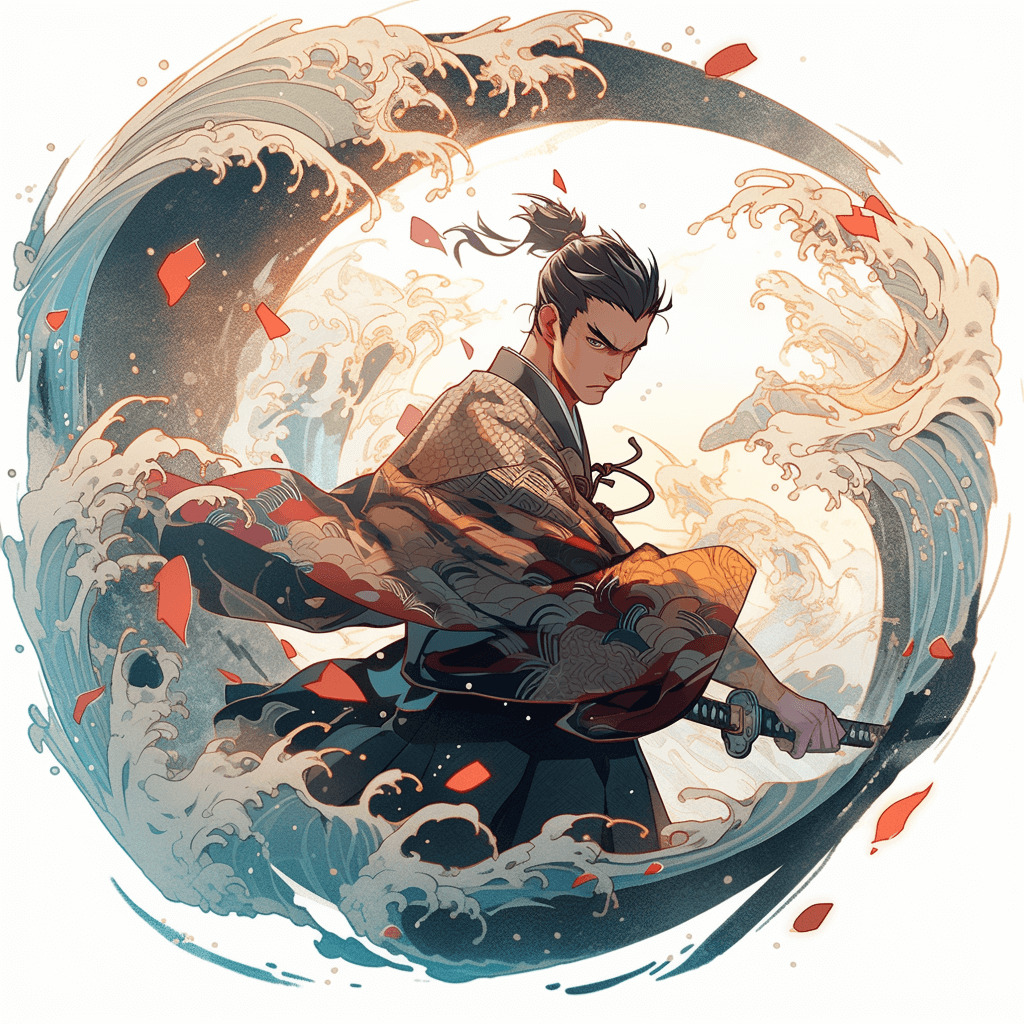
Ieyasu Tokugawa, finally liberated from his long hostage life, plunged into his life as a Sengoku warlord.
1563 – The “Mikawa Ikko-Ikki”:
This was a revolt instigated by the followers of the Ikko sect (a religious group).
An “Ikki” refers to a united action by a group with a common purpose, and often refers to a coup d’état involving the use of force against the authority.
Ieyasu was driven into a corner, but he subdued the Ikki and became the samurai of Mikawa province.
1572 – “The Battle of Mikatagahara”:
A young Ieyasu, at the age of 30, fought against Shingen Takeda, who was then considered the strongest and most feared, in Mikatagahara, now in the western part of Shizuoka prefecture.
At that time, he fought against Shingen Takeda in cooperation with Nobunaga Oda, with whom he had formed an alliance. As a result, he fell into Shingen’s cunning tactics and suffered a major defeat.
1575 – “The Battle of Nagashino”:
In the Battle of Nagashino, the Oda-Tokugawa allied forces finally defeated the Takeda army.
However, the Takeda army was led by Shingen Takeda’s son, Katsuyori Takeda, as Shingen had already passed away.
The Incident at Honnō-ji: The Death of Oda Nobunaga

The Incident at Honnō-ji, which occurred on June 2, 1582, is a representative event of the Sengoku (Warring States) period in Japan.
In this incident, Oda Nobunaga, who had almost unified the whole country, was killed by the rebellion of his vassal, Akechi Mitsuhide, bringing an end to his life and ambitions.
Oda Nobunaga was resting at Honnō-ji, a temple in Kyoto, when his vassal, Akechi Mitsuhide, unexpectedly raised the flag of rebellion.
Leading a large army, Mitsuhide attacked Honnō-ji.
Nobunaga fought back but was killed due to the overwhelming number of enemy soldiers.
It is reported that he chose to commit suicide by setting himself on fire afterward.
The Incident at Honnō-ji is one of the most famous and shocking events throughout the Sengoku period. Nobunaga’s death threw the political situation in Japan into chaos as he was on the verge of unifying the country.
As a result, it can be said that the incident created an opportunity for Tokugawa Ieyasu to rise to power in order to quell the turmoil after Nobunaga’s death.
The Battle of Sekigahara: The Unification of Japan
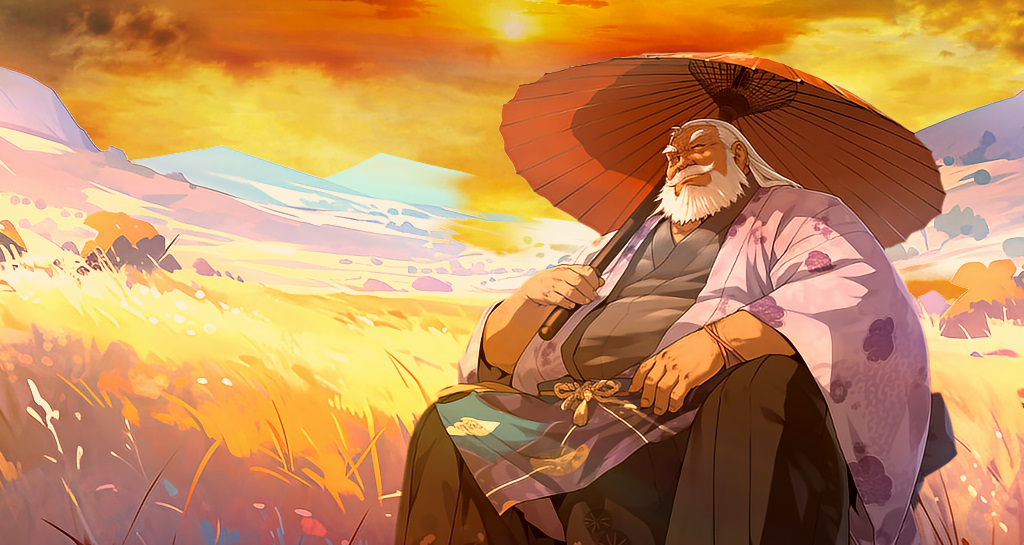
After the death of Oda Nobunaga, Ieyasu Tokugawa formed a cooperative relationship with Toyotomi Hideyoshi, helping him unify Japan.
When Hideyoshi came into power as the supreme ruler, Ieyasu joined his regime, becoming part of the Toyotomi administration.
However, Ieyasu maintained his own power and, capitalizing on the chaos after Hideyoshi’s death, he paved the way to become the supreme ruler himself.
This led to the Battle of Sekigahara.
The battle wasn’t a direct confrontation between Hideyoshi and Ieyasu, but between the Western Army, primarily Ishida Mitsunari, who aimed to seize power as Hideyoshi’s successor, and the Eastern Army led by Ieyasu.
Both armies had around 80,000 soldiers, equally matched. However, many in the Western Army were secretly communicating with Ieyasu and did not participate in the fight.
The battle was initially stalemated, but the situation shifted with the betrayal of Kobayakawa Hideaki from the Western Army.
One by one, the generals in communication with Ieyasu defected to the Eastern Army and began attacking the Western Army.
This gave a substantial advantage to the Eastern Army. Ieyasu won this battle, leading to the unification of Japan under his rule.
Establishment and Prosperity of the Tokugawa Shogunate
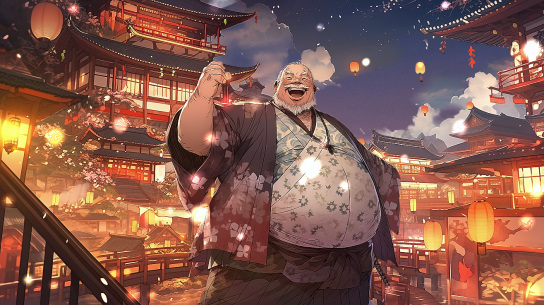
Tokugawa Ieyasu, following his victory at the Battle of Sekigahara, seized control over all of Japan and subsequently established the long-lasting Tokugawa Shogunate.
Ieyasu is considered one of the three great unifiers of Japan, alongside Oda Nobunaga and Toyotomi Hideyoshi, helping to bring an end to the tumultuous Warring States period and unify Japan.
However, it was Ieyasu who ultimately consolidated control over the nation, bringing about a period of stability that would last approximately 260 years, known as the Edo period.
In 1603, Ieyasu was appointed as the shogun, the supreme military leader, who effectively ruled all of Japan.
Ieyasu’s reign was characterized by a focus on stabilizing Japan after the chaos of the Warring States period, and on establishing a national governing system.
In 1605, he handed over the title of shogun to his son, Tokugawa Hidetada, and assumed the role of Ōgosho, the retired shogun, guiding the affairs of the state from behind the scenes. Ieyasu died in 1616, but by then, the foundation of the Tokugawa Shogunate was firmly established.
His descendants would continue to rule Japan as shoguns for roughly 260 years.
Subordinates of Tokugawa Ieyasu
The Four Heavenly Kings of the Tokugawa:
The term “Four Heavenly Kings of the Tokugawa” refers to four of the most trusted retainers of Tokugawa Ieyasu.
Specifically, it refers to the following four samurai:
Honda Tadakatsu (1535-1612)
Ii Naomasa (1561-1602)
Sakakibara Yasumasa (1548-1606)
Sakai Tadatsugu (1527-1596)
These individuals were not only deeply trusted by Ieyasu, but they also had remarkable strategic insight and leadership abilities.
They were active in various battlefields and each was entrusted by Ieyasu with their own domain, thereby becoming daimyo (feudal lords).
Their contributions led to them being collectively referred to as the “Four Heavenly Kings of the Tokugawa”, a title that has become engraved in history.
Iga ninja:
One of the most famous ninjas in Japan, “Hattori Hanzo”, also served Tokugawa Ieyasu.
Hanzo, renowned as a master of the Iga-ryu school of ninjutsu, organized the ninja group “Iga-shu” on Ieyasu’s orders and carried out various tasks such as gathering intelligence and performing assassinations.
The Death of Tokugawa Ieyasu
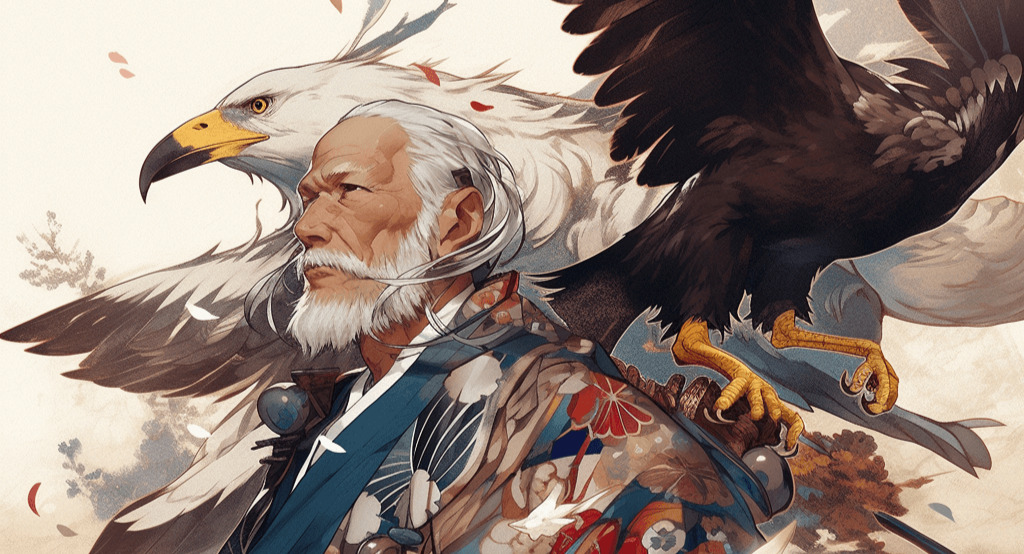
In those times, the average lifespan in Japan was said to be around 50 years.
Tokugawa Ieyasu, however, lived up to the age of 75, in the year 1616.
Ieyasu was known to be extremely conscientious about his health, to the point of being dubbed a ‘health enthusiast’.
He was fond of meals with barley rice and took medicines he prepared himself to maintain his health.
There are various theories about the cause of his death, with some saying that he died due to overindulgence in tempura of sea bream, while others suggest that he was already suffering from advanced gastric cancer.
Ieyasu, who was often nicknamed ‘tanuki’ (raccoon dog) for his plump figure during his prime years, reportedly lost a significant amount of weight towards the end of his life.
Ieyasu unified Japan at the age of 59.
The political stability of the Edo Shogunate, which he established, was not achieved until he reached his 70s.
Without his longevity, he might not have been able to accomplish this great feat.
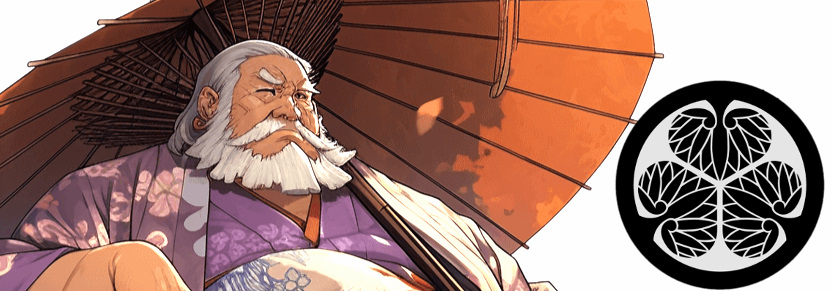



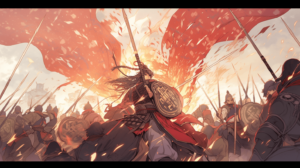
Comments